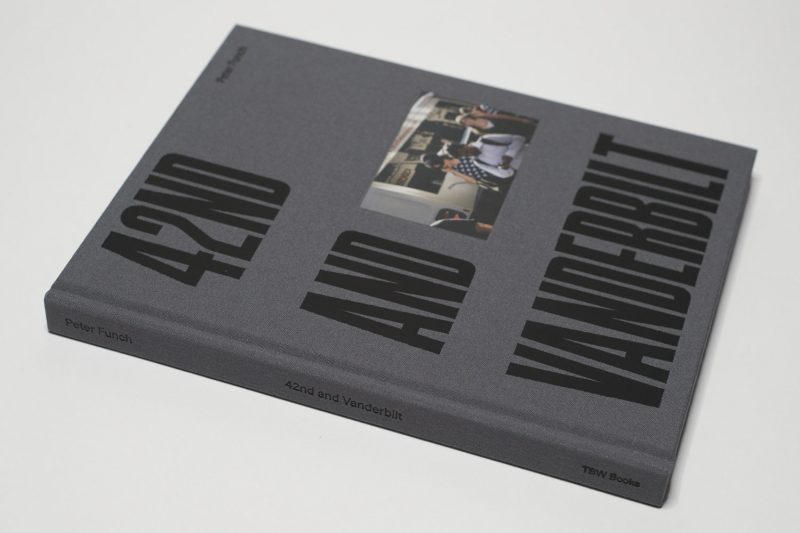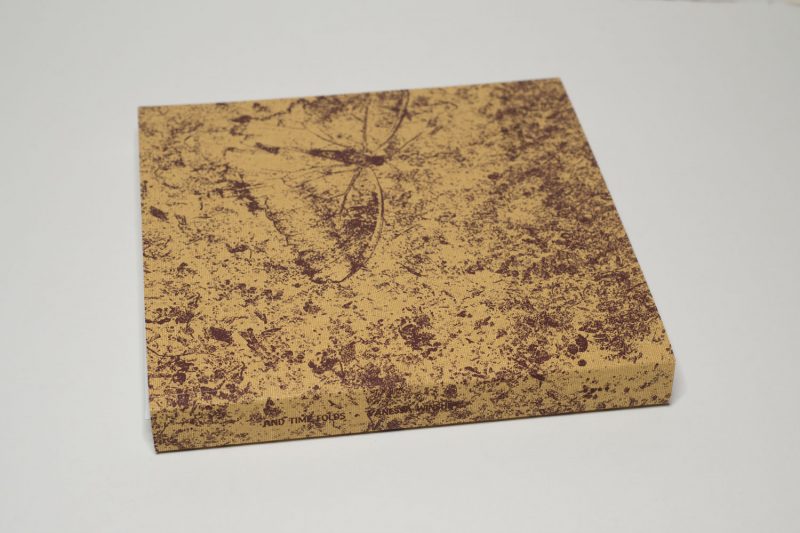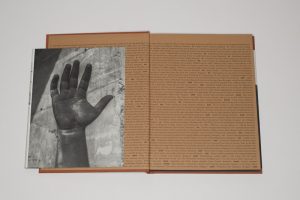At the occasion of Donald Trump’s recent visit to Britain, the tabloid The Sun published an interview, in which Trump had some very undiplomatic (and, as usual, completely ill-informed) comments about “Brexit” to offer, including an open dismissal of the country’s hapless Prime Minister Theresa May. Those comments were a guarantee for a highly contentious press conference — except that they weren’t. When confronted with what he had said and the tabloid had printed, Trump simply claimed that was all “fake news”. Taken at face value, that claim was obviously nonsensical. The tabloid published its audio recordings. What they were unable to grasp, though, was the meaning of Trump’s “fake news” comment.
I found this episode incredibly telling because yet again it revealed the essence of the term “fake news.” Here, the word “fake” does not have the meaning it usually has, the meaning you will find in dictionaries. When something is fake, the fakeness can been established (tested) through traditional, agreed-upon mechanisms that ultimately date back to the age of enlightenment. But that’s not how Trump uses the word: Something is not fake because it can be proven to be fake; something is fake because he says so.
In other words, fakeness is an assertion, an act of faith — reverting back to pre-enlightenment days, to the hallways of most faith-based organizations/religions, or to the power circles of some of the most horrible regimes this planet’s history has to offer (Greg Sargent offered a take on this aspect of Trump in March 2018). On 24 July, 2018, Trump himself provided the clearest version of this idea: “Just remember, what you’re seeing and what you’re reading is not what’s happening.” The Orwellian nature of this statement was immediately noted. But calling something “Orwellian” somehow is a dead end, isn’t it? Republicans aren’t going to stop their president based on the read of a novel, however accurate it might be (for non-Republicans).
Trump and his followers can easily run circles around the media who, of course, believe in the idea of verification. Trump’s evil genius has been to not only make the media go through a seemingly endless number of verifications (which change nothing, whatever the outcome) while moving on to the next nonsense at lightning speed, but to also throw out the rules altogether when speaking to his base (which is the only thing he does). It’s a bit like that famous Peanuts football gag. The media (Charlie Brown) are aiming for veracity (the football), and just before they’re about to hit Trump (Lucy) pulls the thing away: “the very dishonest media,” “fake news.”
Whatever you want to make of this, there is no way that continuing to play the game makes sense for anyone other than Trump. Of course, as the media you want to adhere to the basics of your profession. But you can only do that with people who act in good faith. Trump doesn’t act in good faith, and neither do his followers (I’m defining “good faith” based on the post-enlightenment principles that are the foundation of most modern societies). The media yet have to find a way to deal with this problem. While verification is one of its pillars, the idea that we’re all aiming for the greater good and following the rules is another.
What does this have to do with photography? Quite a lot actually. I think the idea of “fake news” has repercussions for photography. Remember, we’re talking about the situation where something isn’t fake because it’s literally fake but simply because someone says so or a group of people simply refuse to believe in it.
For example, Colin Pantall just wrote an article about the verification of images, their truth value, and repercussions for photographic storytelling, discussing Anastasia Taylor-Lind and the eyeWitness to Atrocity app. Great stuff. “Truth in photography,” he writes, “is not just about indexicality, it’s about how images fit together, how they tie into a sequence, how they work within a particular publication or website, it’s about the ownership of that publication or website. It’s about what came before and what comes after, it’s about the voice, the mode, the narrative structure.” I couldn’t agree more.
In fact, in the world of photography most discussions around “fake news” center on indexicality: is what is shown in the picture an accurate depiction of what was in front of the camera’s lens? In a news context, that is a very important question, and it has led to a variety of discussions, scandals, and problems that I don’t want to discuss in detail here. There typically is at least one such occasion to witness something like this when World Press Photo announce their yearly set of photographs of the year.
In the context of the Trumpian “fake news,” however, those considerations are mostly irrelevant. In that context, truth in photography is not derived from indexicality or from how images fit together. It’s merely and only derived from what you believe in and what you say is true. This might sound crazy, but we now see this mechanism in action all the time (for example, take people who refuse to have their children vaccinated because of some unscientific concerns mixed with general paranoia).
In the world of photography, the problem erupted on the scale that we’re not witnessing literally on Day 1 of the Trump presidency. Then press secretary Sean Spicer said that Washington had witnessed “the largest audience to ever witness an inauguration, period.” Of course, there were photographs that showed that that wasn’t the case. But those, Spicer said, had been made to make the crowd size look small, and in any case it was “the largest audience to ever witness an inauguration, period.” It was somewhat startling and funny to watch.
Comedians have been making endless fun of this particular case (and many other cases), without realizing that not only can you not shame the shameless, it’s also particularly pointless to try to argue with people who don’t believe in the validity of a sound argument.
In a nutshell, the mechanisms typically used by conspiracy theorists have become mainstream. Here, an often irrational belief cannot be argued about because the goal posts are constantly made to shift, any sound verification that does not yield the desired result only hints at some larger conspiracy, and in any case it’s really all about irrational beliefs. So there is no global warming (there is), UFOs are real (they’re not), vaccines are bad (which is terribly dangerous nonsense), and Trump is a great president who’s good for the country (he isn’t and he’s not).
Of course, there also is some old-school take-the-photograph-out-of-context stuff still going on, plus plenty of outright fakery. Here’s an example from Poland. Poland also has a rabid right-wing government, with its state television assuming the role of the US’ Fox News. As you can see in that Twitter thread, photographs are simply used to make a case, and where they don’t serve that case, it’s, well, the viewers’ or critics’ fault. Pictures, in other words, are only true if those in power say so, and all exposed fakery only shows that those who unmask the truth are actually bending it (truth here is based on ideology or simply on what people choose to believe in).
Whatever you want to make of this development, it’s very obvious that you cannot counter “fake news” only with verification. As I said, that only works if there is an agreed-upon good faith by all parties involved. The Trumps or Kaczyńskis of this world will simply remove the football you’re trying to kick. Remove that foundation of the free press, label the free press “enemies of the people” (a truly frightening development for those who know their history), and you can do whatever the hell you want.
It seems clear that photographers need to develop ways of dealing with this new reality.
Obviously, the solution cannot be to simply throw everything out of the window and engage in generous photo fakery, in producing actual fake news. However, especially news photographers, photojournalists, photo editors, and journalists working with photographs have to find ways to deal with the fact that a sizeable part of the population deems photographs only true if they show what is desired or what the president deems true — if (and only if) they want to reach those people. I’ll be honest and admit that it’s not clear to me whether this goal makes perfect sense. This is a grave challenge, and I have no easy — of other — solution to offer.
It is not a new challenge, though, because in our daily lives, we use the kinds of mechanisms discussed here all the time. For example, take someone’s portrait and ask them to describe what they see. In all likelihood, they will point out all kinds of problems that objectively are not in the photograph. Seeing things in photographs that aren’t there or ignoring things that are — those are two very basic human mechanisms that I’m sure we all have seen in action multiple times. Advertizing relies heavily on showing us one thing, while actually selling us another.
The big difference now is that when those ideas are cynically exploited at the level of the US presidency (and elsewhere), the very foundations of free societies are in peril.
To begin dealing with the problem, at the very least most discussions around photography have to massively expand. It’s simply not good any longer to only talk about indexicality or Photoshopping. Context often determines a photograph’s meaning or influence a lot more than whether someone cloned away some shoe or whether the colours are a bit wonky. Context gets at the fact that photographs do not exist in the vacuum photoland likes to consider them in. Instead, all photographs fulfill specific functions in specific contexts — and the same picture can change meaning with a changed context.
And then there is the fact that photographs are seen by people, and people aren’t robots. As I said, regardless of what you want to think about people like Sean Spicer, we all engage in bending the truth often quite a bit when photographs of ourselves are involved. So at the very least, even if we don’t accept a claim made about a photograph, we ought to consider to some extent where a claim might be coming from.
This doesn’t necessarily mean that we should accommodate those acting in bad faith, though — something that, unfortunately, is being done way too much especially in US media (hardly a day goes by without some “Trump voter still a believer” piece; also don’t miss this Twitter thread).
So verification is good, and discussions of context etc. are good, but there needs to be more. At a basic level, there will have to be a conversation. In this larger context, that conversation might involve using or talking about pictures. However, photographs will merely play a minor role. Maybe that’s good.
For all the relevance that photographs are being assigned in photoland, the reality is that despite their seeming ubiquity they don’t matter nearly as much as we photolandians would like to believe. I think that realization ought to make its way into photoland — a place where all too often overly grandiose claims are being made about pictures that simply don’t add up to much, if anything (often neither the claims nor the pictures).
Seriously, is a claim about a “photo that changed the course of [add some event here]” really all that different than Spicer’s “the largest audience to ever witness an inauguration, period”?
As especially many photojournalists have found out, their photographs, often taken under the most difficult circumstances and showing the most horrendous events, haven’t changed the world one bit. Or maybe a bit, but wars are still being waged, people still die of hunger, etc. etc. etc.
As I noted, the “fake news” approach to photography takes what we do with pictures all the time to its obscene extreme, resulting in a situation where a picture, no matter what it shows, means something that you want it to show, the actual truth be damned. Seen that way, the approach is a part of photography that we didn’t have to deal with so far. Now we do.
And we better figure it out.








